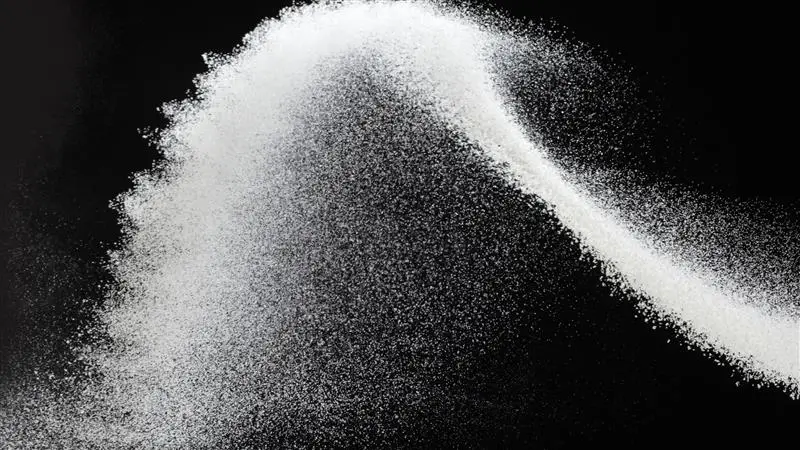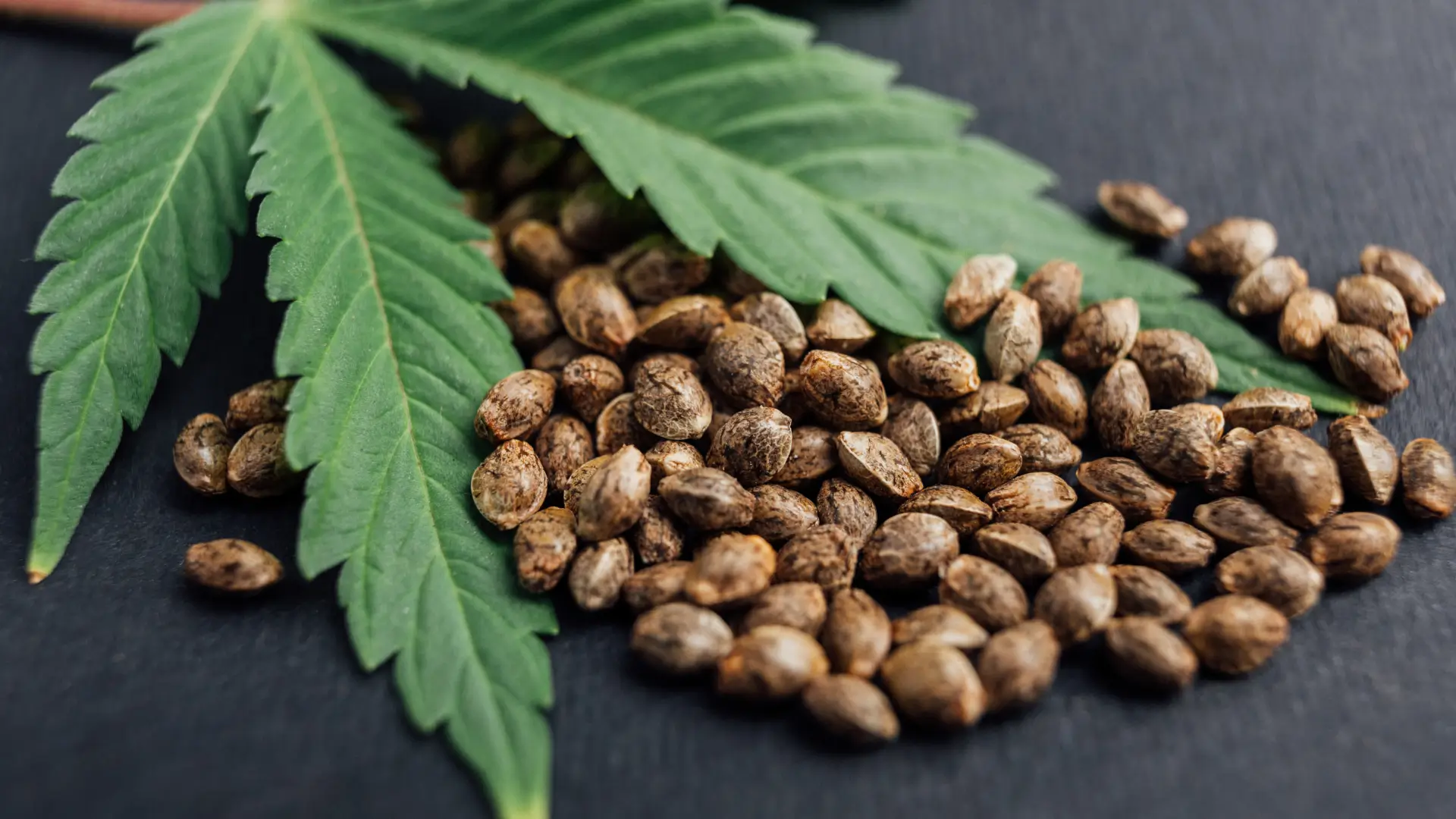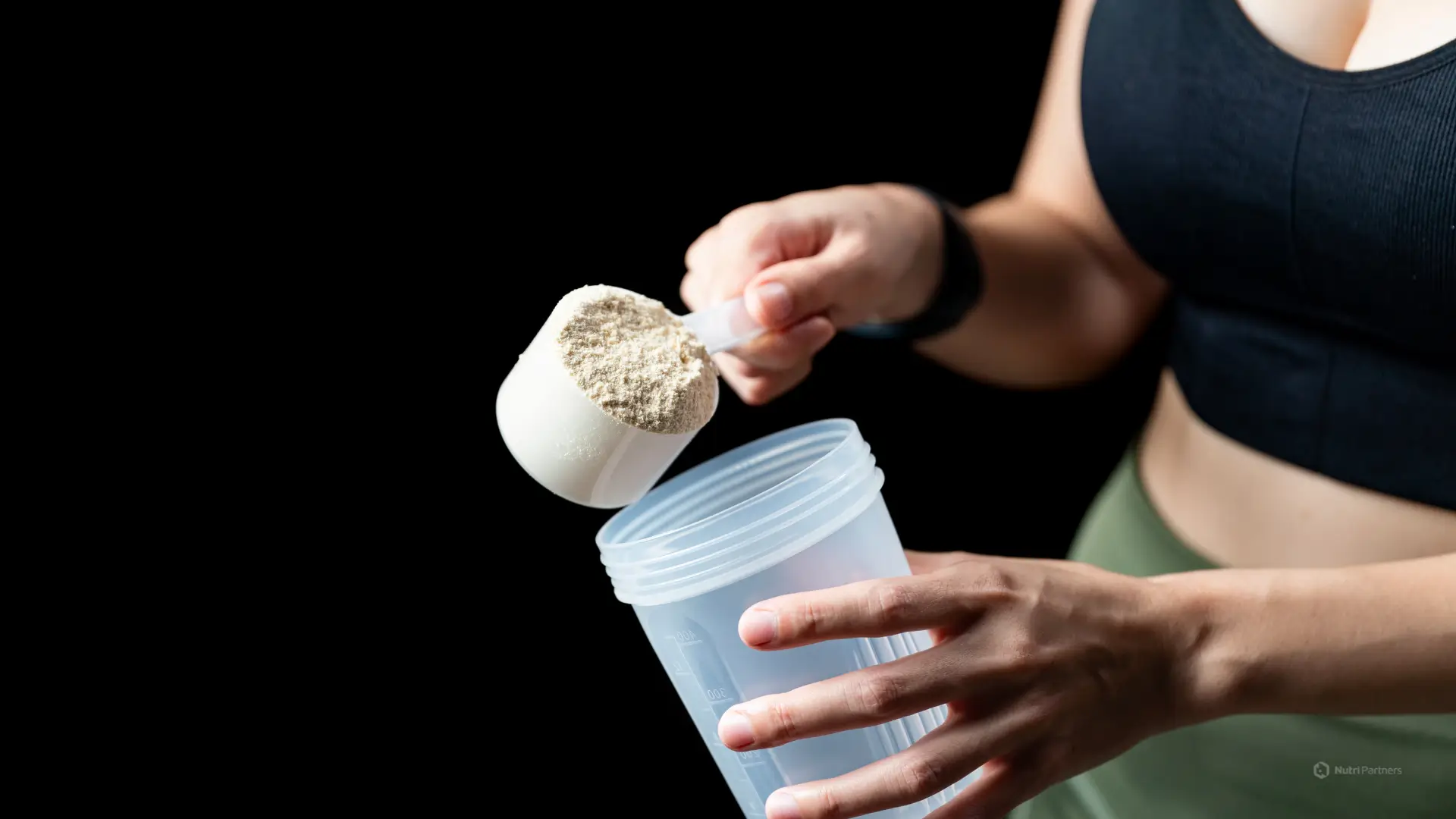The protein bar market has evolved. Today’s consumer expects the best of both worlds: high protein content and a rich, indulgent, dessert-like experience. This creates the formulator’s ultimate challenge: how to overcome the dryness, bitterness, and chalkiness of high-protein systems to deliver a truly decadent product.
While proteins and sweeteners are crucial, the secret weapon in this battle is often the most underestimated ingredient: cocoa powder. Choosing the right type of cocoa powder for protein bars is not just about flavor; it’s a strategic decision that fundamentally impacts both taste and texture.
The flavor challenge: moving beyond bitterness
High concentrations of protein, especially plant-based ones, can introduce undesirable bitter and earthy off-notes. A standard natural cocoa powder, with its own inherent acidity and sharpness, can sometimes amplify this problem.
- The Solution: Alkalization (Dutch Processing): An alkalized (or Dutch-processed) cocoa powder has been treated to neutralize its acidity. This process mellows the flavor, reduces bitterness, and unlocks a smoother, deeper, more “chocolatey” profile. For protein bars, a medium to strongly alkalized cocoa is often the key to masking protein off-notes and delivering a rich, satisfying chocolate flavor.
The texture challenge: fighting dryness and improving mouthfeel
The biggest sensory complaint with protein bars is dryness. Proteins are highly hygroscopic, meaning they absorb moisture, which can result in a dry, crumbly, or chalky final product.
- The Solution: High-Fat Cocoa Powder: This is where the choice of cocoa powder for protein bars becomes a game-changer. While standard powders contain 10-12% fat, a high-fat cocoa powder (22-24%) delivers significantly more cocoa butter. This extra fat acts as a lubricant within the protein matrix. It coats the protein particles, reducing friction and creating a richer, creamier, and more lubricious mouthfeel, effectively combating the perception of dryness.
A technical comparison for protein bar formulators
| Feature | Standard Cocoa (10-12% Fat) | High-Fat Cocoa (22-24% Fat) |
|---|---|---|
| Mouthfeel | Can contribute to a dry, powdery texture | Creates a richer, creamier, more lubricious feel |
| Moisture Perception | Less effective at masking dryness | Significantly improves perceived moisture |
| Flavor Release | Faster, sharper flavor release | Slower, more sustained, and mellow flavor release |
| Cost-in-Use | Lower cost per kilo | Higher cost, but delivers premium texture |
The ultimate synergy: high-fat, dutched cocoa powder
For the ultimate decadent protein bar, the ideal choice is a cocoa powder that is both high in fat and properly alkalized. This synergistic combination tackles both of the primary challenges simultaneously:
- The alkalization provides the deep, smooth chocolate flavor that masks protein off-notes.
- The high fat content provides the luxurious mouthfeel and creamy texture that consumers associate with premium confectionery.
Choosing the right cocoa powder for protein bars is about seeing it not just as a flavor, but as a critical functional ingredient. At Nutri Partners, we supply a range of cocoa powders with different fat levels and degrees of alkalization, because we understand that creating the perfect product requires precisely the right tools.





